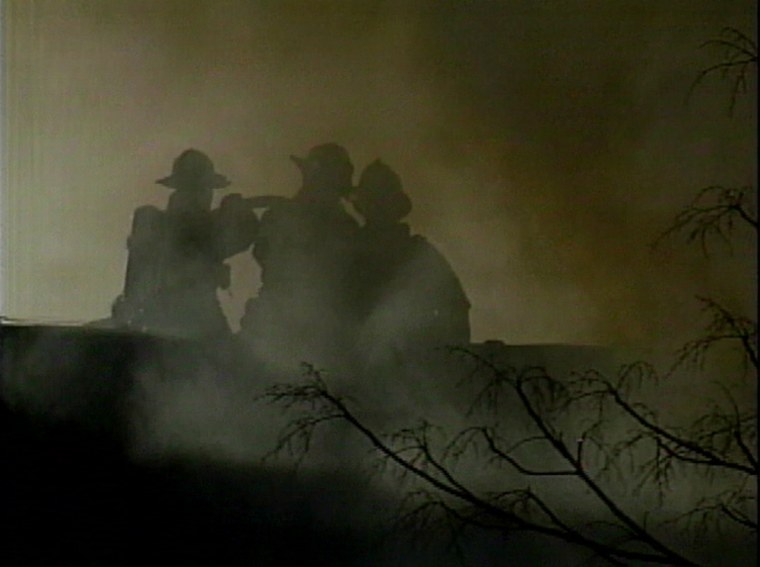Worn by a million firefighters in the U.S., the PASS device is a motion sensor that makes an awful racket if a firefighter stops moving for 30 seconds while battling a blaze. It flashes its lights and lets loose a series of ear-splitting beeps — an urgent call to help a fallen comrade.
It’s a call that hasn't always been heard. Tests by federal and independent labs show that some PASS alarms can fail to perform as intended if they get too hot or wet — a serious problem for people who rush into burning buildings with water hoses. And federal investigative reports reviewed by msnbc.com show that 15 firefighters have died since 1998 in fires where a PASS, or Personal Alert Safety System, either didn't sound or was so quiet that rescuers weren't given a chance to find the firefighter quickly.
Documents made public under the Freedom of Information Act reveal that nine of those deaths came after the federal government blocked an investigation by its own expert into possible failures of PASS alarms and other firefighting equipment. A manager for the Centers for Disease Control and Prevention, the federal agency that is charged by Congress with investigating firefighter deaths, ordered an agency fire safety engineer on Feb. 14, 2000, to "minimize your fact gathering during investigations" and to restrict his investigations to issues relevant "for the prevention of future similar events."
On the same day that the CDC manager instructed the agency's fire safety engineer to scale back his investigation, Houston firefighter Kim Smith had become lost in a pre-dawn fire in a McDonald's restaurant.
Hearing no beeps from her PASS alarm, and seeing no flashing lights, her comrades searched for two hours before finding her body.
‘If a firefighter dies, it's a good funeral’

Nine more times, the rituals of a firefighter's funeral — a fire truck bearing the flag-draped casket; the bagpipers playing "Will Ye No Come Back Again?" — were re-enacted before the CDC took action, calling finally in April 2005 for higher standards for testing PASS alarms.
“Fire departments give good funerals," said Richard M. Duffy, the health and safety chief for the International Association of Fire Fighters.
"We never did investigations to the extent that they were needed … but we did some very, very good funerals. If a cop dies, it's a crime scene. If a firefighter dies, it's a good funeral."
After the CDC’s warning, tests quickly demonstrated that temperatures commonly encountered by firefighters could hurt the performance of at least some PASS alarms.
Tests in a convection oven at the National Institute of Standards and Technology found a problem with the two models it tested: The volume of the beeping diminished substantially at temperatures as low as 300 degrees Fahrenheit — the sort of temperatures that firefighters encounter in a room next to a fire. Researchers said they believe that all of the half-dozen or so brands of PASS alarms on the market would be similarly affected.
In addition, some PASS devices made by at least three manufacturers have had problems over the past decade with water leaking into the electronics or battery compartments, causing them to either beep continually or stop working altogether, according to interviews and documents reviewed by msnbc.com.
Later this week, a tougher new standard for testing PASS devices in heat and water will be issued by the National Fire Protection Association. But manufacturers say it will be months before an improved device is on the market. And even when new models are available, there is no plan for recalling the old ones, so fire departments may have to bear the cost of replacing them.
Meanwhile, the approximately 1 million professional and volunteer firefighters across the nation will rely on the older PASS alarms as their last line of defense.
Precise role in fatalities is unclear
No one can say for sure that a PASS device caused any of the 15 deaths in which the alarms weren’t heard. And it's impossible to say that any firefighter would necessarily have survived if the PASS alarm had been seen and heard.

Firefighting is dangerous even when done right. But firefighter fatalities usually involve a series of mistakes: inadequate staffing or training; firefighters working alone instead of in pairs; an incident commander's mistake in evaluating the risk. The PASS device is intended to give firefighters who are injured, trapped or just lost in the smoke a chance to survive such miscues.
It is required to shriek for an hour at 95 decibels so it can be heard over the roar of the fire and the cacophony of chain saws cutting, exhaust fans blowing, glass breaking and water flowing.
"It sends a chill up your spine," Kenneth R. Willette, the fire chief in Concord, Mass., said of the alarm’s piercing cry. "You know that means someone is in trouble. So until you can locate that person, your heart is racing and all you can think about is finding that person."
The first generation of PASS alarms, which were introduced in the early 1980s, had a human problem: Annoyed when the device started beeping when they stood still on a break, many firefighters would just not turn them on.
So the National Fire Protection Association set a standard requiring that the device be armed automatically when a firefighter turns on the air supply. These so-called "integrated PASS devices" are built into the self-contained breathing apparatus. When the firefighter is motionless — usually for 30 seconds — they first sound a gentle beep, the pre-alarm signal, then ramp up to the full alarm. That's why, at a fire, bystanders will often see firefighters waggling their hips. They're not dancing. They're telling the PASS, "I'm still alive."
In exchange for that annoyance, firefighters rely on the devices to work when they need them. And they usually do. Manufacturers say that hundreds of firefighters have been saved by PASS devices.
Devices silent, or just too quiet
The stories of the 15 who were not saved are contained in reports by the CDC's Fire Fighter Fatality Investigation and Prevention Program. Each firefighter was wearing an automatic PASS alarm. In 12 of the 15 cases, nothing was heard; in three cases, the sound was muffled by the firefighter lying on the device and could be heard only when rescuers found the victim and rolled him over, according to the CDC's reports.
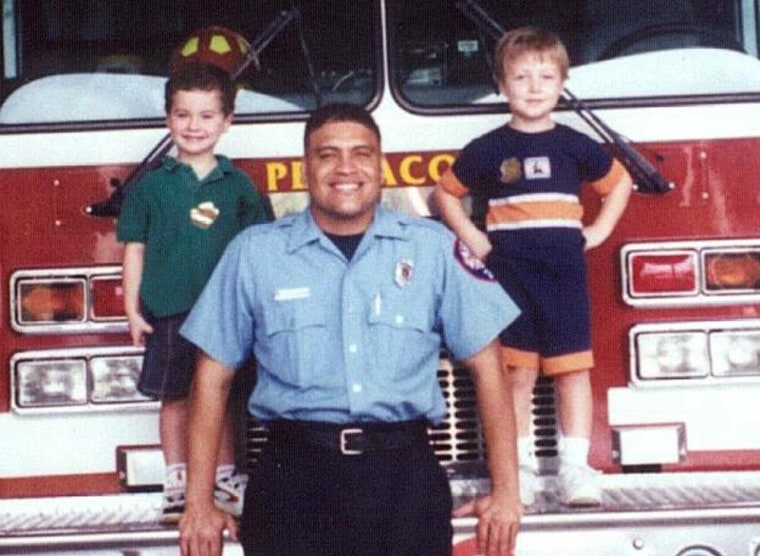
In November 2000 in Pensacola, Fla., firefighter Maurice Bartholomew got lost trying to leave a house fire. Firefighters searched for an hour before finding him in a kitchen at the back of the house. His PASS alarm wasn't heard or seen at all.
In March 2002 in Jefferson City, Tenn., volunteer firefighter Shane Murray was trapped in a house fire. He was found after 18 minutes just 5 feet from the door. His PASS device was beeping, but not loud enough to be heard while he was lying on it.
And in May 2002 in St. Louis, firefighter Rob Morrison's PASS alarm was not heard or seen for 20 minutes while he was injured inside a refrigeration company fire. Firefighter Derek Martin went looking for Morrison at the wrong end of the building and got lost. Both men died.
"I just can't believe that this was happening a number of times and no one was told about it," said Morrison’s widow, Laura. "I mean, Rob didn't know. None of the firemen knew."
Eric R. Schmidt didn't know for sure that PASS devices were malfunctioning, but he suspected that there was a recurring problem with the alarms.
Engineer's warning ignored
Schmidt went to work for the CDC in 1999 as the first fire protection engineer in the firefighter fatality program in Morgantown, W.Va. In 1998, Congress gave the CDC the responsibility for investigating firefighter deaths and searching for lessons that could prevent additional fatalities. The CDC's National Institute for Occupational Safety and Health, or NIOSH, was given responsibility for the program.
Documents provided by the CDC show that Schmidt was investigating a December 1999 fire in Keokuk, Iowa, where three firefighters died along with the three children they had been trying to save. The firefighters had been wearing two PASS devices apiece — one that is armed only if a firefighter turns it on, and the integrated alarm that is switched on automatically. Schmidt thought it was strange that none of the dozen other firefighters on the scene recalled hearing the alarms, so he wanted to collect the tape recordings from the dispatch center to see if the sounds could be heard there.
“I’m saying, the math here is astonishing," Schmidt told msnbc.com, describing his conversation with his supervisors at the CDC. "The chance of having a dozen deaf firefighters is astronomical."
Schmidt also knew that in New York City in 1998, no one had heard the PASS alarms of two firefighters who died in a high-rise apartment fire. A third firefighter died in the same fire, but his PASS sounded. That information was in the CDC unit's investigative report on that fire, issued in August 1999.
"I can’t tell you I understood what the failure pattern was,” Schmidt said. “All I could tell you is, something is not adding up. This needs more attention. Let’s go back and listen to the tapes. They said, ‘We don’t want to listen to the tapes.’”
On that Valentine's Day morning in 2000, the head of the firefighter program, Dawn Castillo, gave Schmidt a memo labeled "performance guidelines."
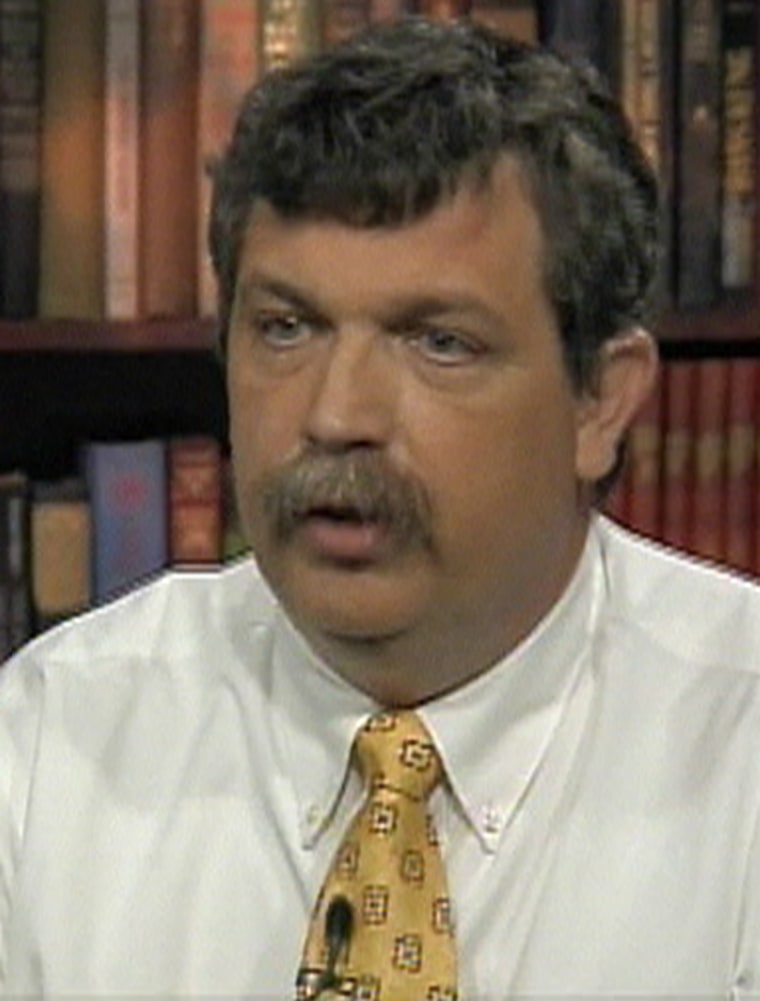
First, she reminded Schmidt that he was still on probation as a new employee, and would need to improve his performance to keep his job.
Then she urged him to stop wasting his time asking for evidence such as dispatch tapes.
She criticized his "persistence in gathering complete autopsy reports"; just getting the cause of death by phone was sufficient, she said.
And she told Schmidt he didn't need to gather details such as the measurements of a fire hose that had burned through, or information on firefighters' protective jackets, which he thought had been recalled by the manufacturer.
‘Minimize your fact gathering’
Castillo offered four reasons for Schmidt to scale back his investigations:
- "The collection of detailed information not of likely use in an investigation is an inefficient use of your time."
- It's "a burden on those who help us in gathering the facts of the case."
- It's "a potential liability to the program if those who spend their time helping us to understand the case are upset by the absence of information that they helped provide in the summary report."gu
- Any information that is gathered could be requested from the CDC by others. The agency does not identify individuals in its reports.
"You need to minimize your fact gathering during investigations," Castillo wrote, "to those pieces of information which are needed to summarize the chain of events or that have direct implications for prevention recommendations."
The memo was hand-delivered just as fire departments around the country were lowering their flags to half staff.
Earlier that morning, in southwest Houston, 30-year-old Kim Smith had been about to end her 24-hour shift. She planned to spend the rest of Valentine's Day with her fiancé.
But at 4:33, a fire alarm awakened the crew in Fire Station 76: There was a fire at a McDonald's.
She was one of the first firefighters to rush into the restaurant. Attached to her air supply was a PASS device made by Scott Health & Safety, the U.S. market leader in self-contained breathing apparatus.
She and firefighter Lewis Mayo, 44, took a hose line into the kitchen for a "fast attack" on the fire. She'd done this many times, and had won regional competitions for her firefighting skills and endurance.
Inside the McDonald's, the heat became intense and 30-foot flames were shooting out of the roof. At 4:52 a.m., the chief ordered everyone to evacuate, but Smith and Mayo didn't emerge from the inferno. They had been buried by a ceiling collapse.
A PASS device was heard. It was Mayo's, and he was found alive, though he later died at the hospital.
But Smith's PASS was never heard, the CDC found. It took two hours to find her body in the debris, just 6 feet from the door. Police discovered later that burglars had set the fire.
Fired for ‘marginal’ performance
Four months after the double-fatality fire in Houston, Schmidt was fired by Castillo in June 2000 for "marginal" performance. Castillo wrote in his termination letter that he was not a good team player, was inefficient, and spent time gathering information "of questionable utility and necessity." She cited especially the delay waiting for the dispatch tapes in the Iowa fire. The program didn't replace him, and hasn't had a fire engineer since, she told msnbc.com.
But Schmidt didn't drop the equipment issues. He wasn’t just an engineer, but also a former fire captain in Prince George's County, Md., with 20 years of experience in the fire service. On Oct. 2, 2000, he wrote to Dr. Linda Rosenstock, the director of the CDC's NIOSH agency.
Schmidt asked Rosenstock to look into the issues of firefighter equipment so more firefighters wouldn't die. He highlighted three instances where he was told not to investigate: the fire hose that failed; the firefighter coats that may have been recalled; and the PASS devices, which he called "another issue that warrants further investigation."
"This is but only one example," he wrote of Castillo's performance guidelines, "where the managers of this program in Morgantown repeatedly instruct staff to omit critical facts because of ‘potential liability to the program.’ These managers have shown little, if any regard, for the fact that fire fighters will continue to actually suffer injuries and death in part because NIOSH fails to document critical aspects of these incidents."
Rosenstock is no longer at the CDC. She was in her last month in government when Schmidt's letter arrived. Now the dean of the UCLA School of Public Health, she declined to be interviewed by msnbc.com, but sent word through a spokeswoman that she doesn't remember Schmidt’s letter.

Castillo told msnbc.com that the CDC took no action in response to the letter, because Schmidt didn't provide any new information beyond what they had already discussed.
"Although PASS devices were one issue that he addressed in his letter, in passing, that letter did not provide any additional documentation to substantiate his concerns," Castillo said.
She said no additional documentation was requested.
"No, no one acted upon it," she said, "because there was nothing substantive to act upon."
Manager: No valid areas of inquiry blocked
Castillo said she had not blocked any valid areas of inquiry, but didn't want Schmidt to get sidetracked by nonessential issues. To be able to investigate deaths with limited funds, she said, investigators had to limit themselves to the factors that led to deaths, not to follow trails on other safety issues of uncertain value.
In the Iowa fire, she said, the firefighters wouldn't have survived the extreme heat of a flashover, or sudden ignition of a room — even if their fire hose had held, or their coats had not been recalled, or the PASS alarms had been heard.
"We reported that the PASS did not appear to be heard," Castillo said. "Did we follow up and do additional testing? We did not. Do we have the resources to go down every single path? We do not. Do we generally tell people not to follow up on promising leads? Absolutely not."
Citing a computer simulation of the Iowa fire, Castillo said the temperatures reached 1,100 degrees F, which she said was not survivable and in which no PASS device could be expected to operate. The national standard for PASS devices, however, has since 1998 included a flashover simulation: 1,500 to 2,100 degrees for 10 seconds.
After Schmidt was fired, the CDC released its investigative report on the Iowa fire in April 2001. One of its recommendations is curious: Instead of recommending that PASS alarms be tested, it stated that firefighters should use PASS alarms. But as another section of the report makes clear, all three firefighters were wearing their automatic alarms, and they were not heard.
Schmidt said he thinks one cause of his disagreements with Castillo was a difference in perspective. He is an engineer and a firefighter. She's an epidemiologist and specialist in child labor, who won her agency's top award in 2004. He said she just didn't respect the value of personal protective equipment, because child workers aren't allowed in jobs where such gear is used. But firefighters can't control their work environment -- they go where they're called. That's why they rely on helmets, hoods, gloves, boots, bunker pants, coats and face masks.
"She would say, 'The room flashed over. How could anybody have survived?'” he said. “I said, 'Well, firefighters have survived flashover. You're going to be in the burn ward for a period of time, but firefighters have survived flashover.'"
Other opportunities missed
As the years passed, the CDC missed other chances to look into PASS alarms.
In May 2001 in Passaic, N.J., firefighter Alberto Tirado was hunting for children in a fire. Rescuers entered the building three times trying to find him, and only when they turned him over could they hear a faint PASS alarm.
Back at the CDC lab, Tirado’s PASS device wouldn't sound its alarm, but the technician who ran the test didn’t pursue the matter, because the agency does not certify the alarms.
Nor did he send it to the Safety Equipment Institute, which does certify that the devices meet the standards set by the fire prevention association.
"The PASS device did not function," the technician wrote in the final report. "I made no attempt to determine why the device failed to activate. Because NIOSH does not test or certify PASS devices, no further testing or evaluations were conducted on the PASS unit."
One reason the CDC didn't focus on PASS alarms, Castillo told msnbc.com, is that its mission is to focus on the factors that get firefighters into trouble — more than the factors that might help get them out of trouble. She called the PASS devices "tertiary," or of third rank or importance.
"When we are doing our investigation, we are focusing on those things that we feel — that we find, through our investigation process, have the greatest role in resulting in that firefighter's death," Castillo said. "The PASS device is a last resort."
Schmidt argues that it’s impossible to determine what's important without investigating. In agreeing to discuss his personnel file, he said, he doesn't want all the focus to be on PASS devices.
"My point for doing all this is, I want to make sure there’s a process in place to identify sentinel events, so investigators don’t have to fight tooth and nail to identify something, which may be a hunch.
"In 2000, when I wrote my letter, it was something that was odd, that I was trying to tell them. They said, ‘Don’t worry about that.’
"If you’re doing a scientific investigation," Schmidt said, "you have to write down these hunches, because if you get them two or three times, you’ve got a problem. ... Within 90 days of documenting a sentinel event, put something out to the fire service."
2003 death triggers a warning
It wasn’t until after a 2003 death, Castillo said, that the CDC concluded that PASS devices had a problem.
Even then the CDC took more than a year to issue a warning to the fire prevention association.
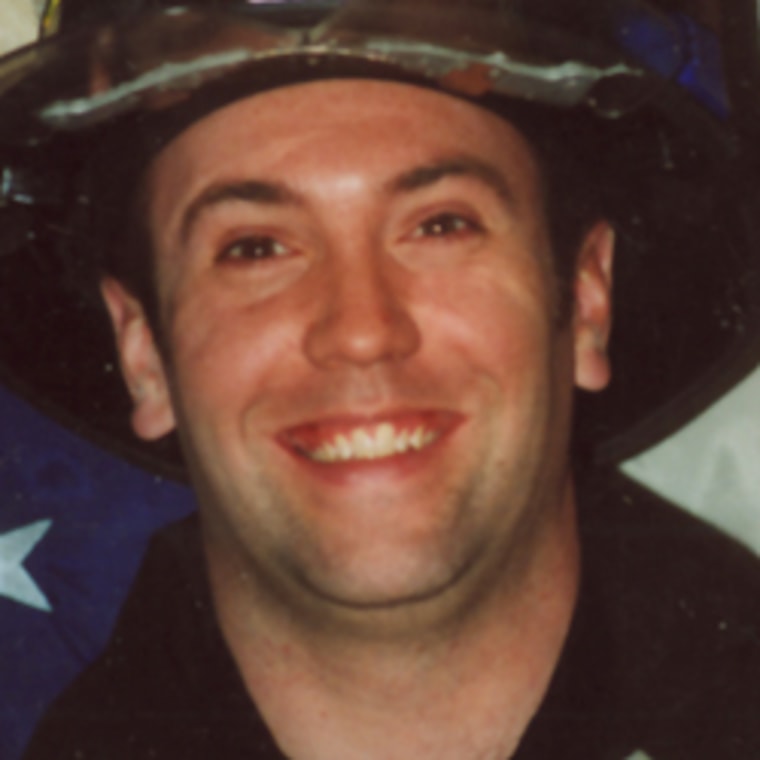
In the Inwood section of New York City on Dec. 16, 2003, firefighter Thomas Brick was lost in a fire in a mattress warehouse. It took 30 minutes to find him. When he was turned over, his PASS alarm emitted a very low sound of the sort associated with an electrical short.
Brick had been in the first class of recruits after the terror attacks of Sept. 11, 2001.
Brick's death, Castillo told msnbc.com, "was the first in which our investigators had direct evidence that typical exposure to heat at the scene of a fire might adversely affect a PASS device."
Although the CDC team made its visit to the fire scene on Jan. 26, 2004 — 41 days after Brick's death — the agency waited another 450 days — until April 20, 2005 — to ask the National Fire Protection Association to consider toughening the tests for PASS alarms.
In that period, two more firefighters died in fires where rescuers couldn't find them:
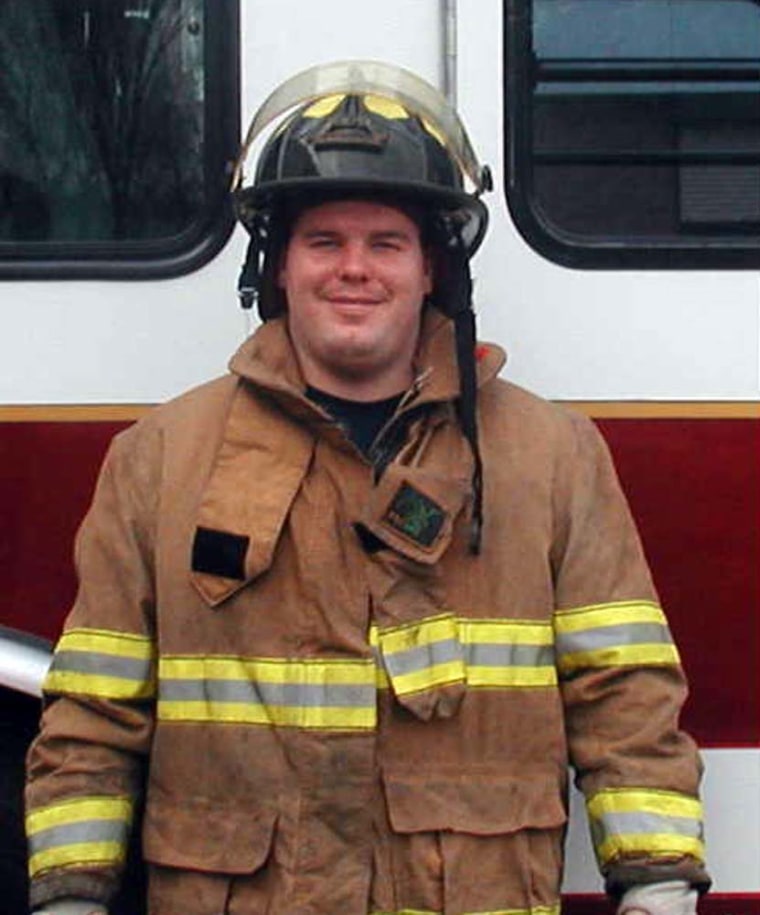
Firefighter Steve Fierro died in Carthage, Mo., on Feb. 18, 2004. Unaware that Fierro was near the front of the building, the rescue team was searching at the rear. It took about 43 minutes to find him.
Firefighter Nito Guajardo died in Baytown, Texas, on Dec. 20, 2004. He was found after a 15-minute search, about 15 feet from the door.
"It was gut wrenching," said Schmidt, the former CDC engineer. "I mean it was very difficult to hear that additional firefighters were dying."
To try to figure out what was going wrong, the National Institute of Standards and Technology in Gaithersburg, Md., put two models of PASS alarms into its oven.
When heated first to room temperature, about 73 degrees F, both PASS devices beeped at about 86 decibels, roughly as loud as a Mack truck driving past at a distance of just 3 feet.
But when heated to 392 degrees, the PASS devices sounded at only 72 decibels, only as loud as a busy restaurant. (The decibel scale is logarithmic, so a drop of 14 decibels represents a substantial decrease in volume.)
"One of the tricky things is, the volume decreases, but when it cools down, it comes back," said Nelson Bryner, leader of the firefighting technology group that oversaw the tests.
"If a firefighter goes down, the noise generator may not have worked. But once the fire is out, now it's working. One is led to believe that the PASS worked the whole time."
The scientists won't reveal which companies made the two PASS devices that were tested, but in fire protection association committee meetings, manufacturers agreed that all the PASS devices now on the market use essentially the same technology to sense motion and sound the alarm.
But heat is only part of the problem.
The hair dryer treatment
Under the national standard since 1998, PASS devices must be able to withstand immersion in water for two hours, and even work after a dunk for 5 minutes with the battery compartment left open.
Since 2000, however, Dallas firefighters have been using hair dryers to dry out the battery and electronics compartments of their PASS devices, according to the department's safety officer. The water causes the devices to beep constantly, and firefighters fear that it might cause them not to sound at all when needed, a Dallas fire chief said.
"I'm embarrassed to say that's how we were addressing the problem, but the hair dryers worked," said the safety officer for Dallas Fire-Rescue, Battalion Chief Ray Reed.
He said the city is pressing the issue with the manufacturer, Scott Health & Safety,which is a division of Tyco International Ltd.
If he didn't serve on a national committee for the fire protection association, Reed said, he wouldn't have known that other departments were having similar issues.
A spokeswoman for Scott said the company is working closely with Dallas to resolve the problem, but wouldn't give any details.
A second manufacturer, Mine Safety Appliances, sent out a user advisory in November 2001 describing a problem that caused about 2 percent of its PASS devices to beep continuously. Some of those incidents were caused by water, the company said. The advisory attributed the problem to screws that have become loosened over time, and said it could be fixed by using different screws and adding waterproof glue.
Company remained mum on water leaks
No such alert was sent out by a third manufacturer, Survivair Respirators, although executives have testified that from 5 percent to 20 percent of its PASS alarms suffered from water leaks.
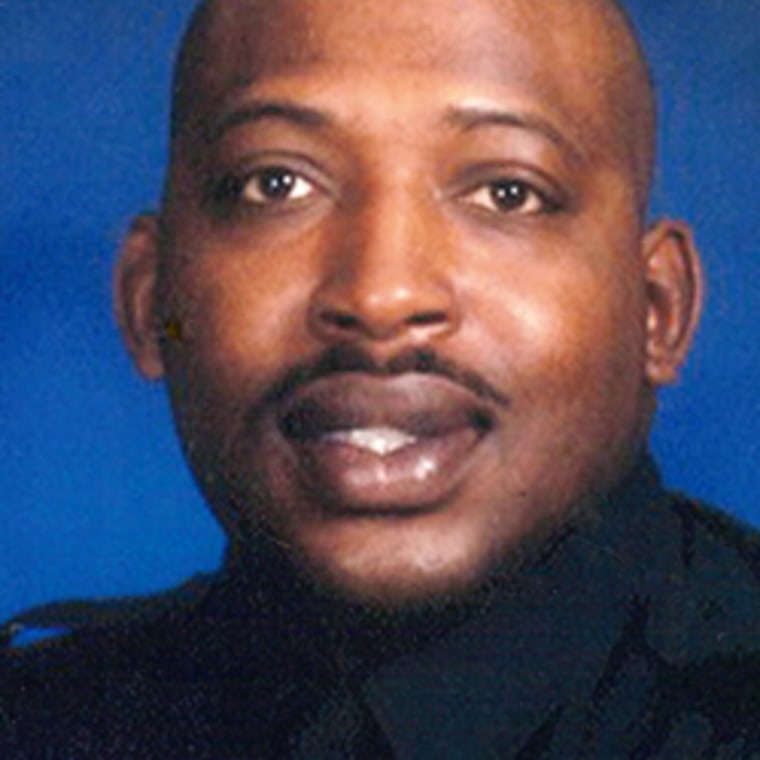
That information emerged in response to a lawsuit filed by the families of St. Louis firefighters Rob Morrison and Derek Martin, who died in the refrigeration company fire in 2002.
Morrison’s PASS alarm was not heard, and he was found only when a searcher stepped on him.
Martin's PASS alarm did work, but he became lost while searching for Morrison. Both firefighters were alive when they were found, but died within a day.
In the two-week trial of the Morrison family’s lawsuit in September, attorneys for Survivair disputed the claim that his PASS failed. The company argued that there were three innocent possibilities: Morrison had been moving the entire time he was lost, or for some reason he might have reset his PASS — in effect turning off the alarm — or it could have sounded but not been heard.
None of the firefighters hunting for Morrison testified that they heard his PASS alarm during the 20 minutes he was lost.
Executives of Survivair of Santa Ana, Calif., a company founded by Jacques Cousteau that is a division of the French company Bacou-Dalloz, testified that the problem of "leakers" was identified in 1997 or 1998, before its PASS device moved from preproduction to its first sale. Changes to address the problem continued at least until 2003, or a year after the St. Louis fire.
Complaints poured in from dozens of fire departments, the executives testified. About 300 out of 1,500 PASS devices sold to the Los Angeles Fire Department were returned to the company, determined to be leaking and replaced, testified James Beckstead, the company’s Western regional sales manager.
There was conflicting testimony from Survivair on the effect of the water leaks. Senior executives said that the device was designed with a fail-safe feature that would cause it to sound constantly if water got inside, making firefighters aware of the malfunction. But two company engineers testified that sometimes the devices wouldn’t sound an alarm at all if water got into the electronics.
‘We don't deem it a safety issue’
"No sound, no lights ... nothing," testified Duane Decker, the former Survivair mechanical engineer in charge of fixing the leaks. "It was determined that if water got in, sometimes they would not work."
Decker described making a series of changes: the cover was redesigned, to reduce the number of places where water could enter; a sealant was added to the cover gasket during assembly; then designers tried only the sealant with no gasket; as well as extending the coating on the circuit board to provide more protection. The company also began dunking every PASS device in water, not just a sample of them as before. But it did not call back the ones in the field for a dunking.
The St. Louis Fire Department, which bought its Survivair PASS devices in 1999, received no warning of the problem.
From the testimony of James Beckstead, the Western regional sales manager:
Q. You've said there was no recall. You've also said that there was no calling the PASS devices in for testing that were out there in the field. Was there any kind of a warning sent, a warning letter or call made, to fire departments that had the devices that were not water tested — about, "Hey," along the lines, "we've found a leakage problem, and be on the lookout," or anything like that?
A. Not that I recall.
Q. Any particular reason why not?
A. The only reason we would not do that is we don't deem it a safety issue.
Q. This is a life-saving device, isn't it?
A. It's a component of a life-saving device.
Executive: ‘The word was out there’
Survivair's senior executive, Jack Bell, testified there was no need for a warning, because firefighters knew about the water problem: "The word was out there, whether we formally told everyone — rumors or some way."
The lawyers disagreed on whether the CDC tested Morrison's PASS device, and what that test showed. The company said that the CDC tested Morrison's PASS device more than 100 times, and it worked perfectly. The CDC report on Morrison’s and Martin's death says that both PASS devices worked in a simple test, but that they were not subjected to more rigorous tests to determine if they met the national standard — again, because the CDC does not certify that equipment. Even in the simple test, the lawyer for the Morrison family argued, the video shows 3 minutes when the device failed to alarm.
And when an independent lab dunked Morrison's PASS device in water during testing to determine if it met the national standard, and then opened it in front of lawyers and a video camera, water spilled out of the electronics compartment.
"There isn't strong enough language to condemn how they handled this," the lawyer for the Morrison family, Daniel Finney Jr., of St. Louis, told msnbc.com. "They were selling their products as lifesaving devices when they knew they were fatally flawed. They were selling them as a firefighter's lifeline, and they knew they could very well fail him in that situation, and they didn't tell anyone. It would be like selling parachutes when you know that they don't open one out of five times, and not telling anyone."
The company's vice president and general manager, Jack Bell, sent a statement to msnbc.com in response to Finney's statement: "Survivair completely and unequivocally denies his false, factually unsupported and reckless charges. The evidence supporting Survivair’s position in this litigation is compelling. … Survivair’s equipment was not at fault."
A secret 11th-hour settlement
The jury never reached a conclusion. It was deliberating when Survivair and the Morrison family agreed to a settlement. The company admitted no fault and did not agree to make any changes or send out a warning, but it did pay an undisclosed amount to the Morrison family. A separate lawsuit by Derek Martin's family is headed to trial in April.
Meanwhile, St. Louis firefighters are still wearing the same model PASS device that Morrison wore.
Armed with the oven tests, and with testimony from the widows of Martin and Morrison, the National Fire Protection Associationapproved a tougher standard for PASS alarms in December. The standard, which is scheduled to be published on the association’s Web site on Friday, requires a series of tests showing the PASS alarm can withstand being heated, dunked in water, and tumbled in a dryer, according to a summary provided by the association.
The maximum temperatures the devices are required to withstand in the new test are no higher than in the old test: 500 degrees Fahrenheit for five minutes, then 1,500 to 2,100 degrees for 10 seconds in the flashover test. But it does require that the PASS device produce a sound after some of the torture tests; the old standard just required it not to melt or catch on fire.
The new standard also adds a "muffle test." The alarm will have to be more powerful so it can be heard if a firefighter falls on it.
Some manufacturers told the association that the new heat standard can't be met.
But the largest manufacturer of PASS alarms, Scott, says it will have a device to meet the new standard by this summer, when old inventory can no longer be sold.
Who will pay for replacements?
As for the more than one million U.S. firefighters with the old devices, their fire departments may have to pay for new ones, which cost about $200 apiece. It's not clear that any agency has authority to order a recall of the old ones:
- The U.S. Consumer Product Safety Commission says it doesn't have a role, because a firefighter's equipment isn't considered a consumer product.
- The National Fire Protection Association says that its standards are voluntary, that responsibility to enforce those standards rests with the Safety Equipment Institute, or SEI, another nonprofit, which certifies devices as meeting the standard.
- And SEI says that only the manufacturers can decide whether or not to recall the old devices.

"From what I understand, the manufacturer is the only one who can pull the trigger on a recall," said Stephen R. Sanders, the institute’s technical director. "We can influence whether or not a manufacturer does a recall. But they might look at us and say, ‘You're crazy.’"
The institute raised concerns several times about Survivair PASS alarms failing its random tests, but accepted the company's assurances that it was an isolated problem, or had been fixed, documents introduced in the Morrison trial show.
For Rob Morrison's widow, who comes from a firefighting family in St. Louis, the lack of accountability is baffling.
"I just couldn't figure that out," Laura Morrison said, "when firemen are giving their lives everyday to help the community and save people — and companies knew about this and never told anybody what the problem was, and let them, still today, go into a burning building not knowing if their PASS device is going to work or not."
